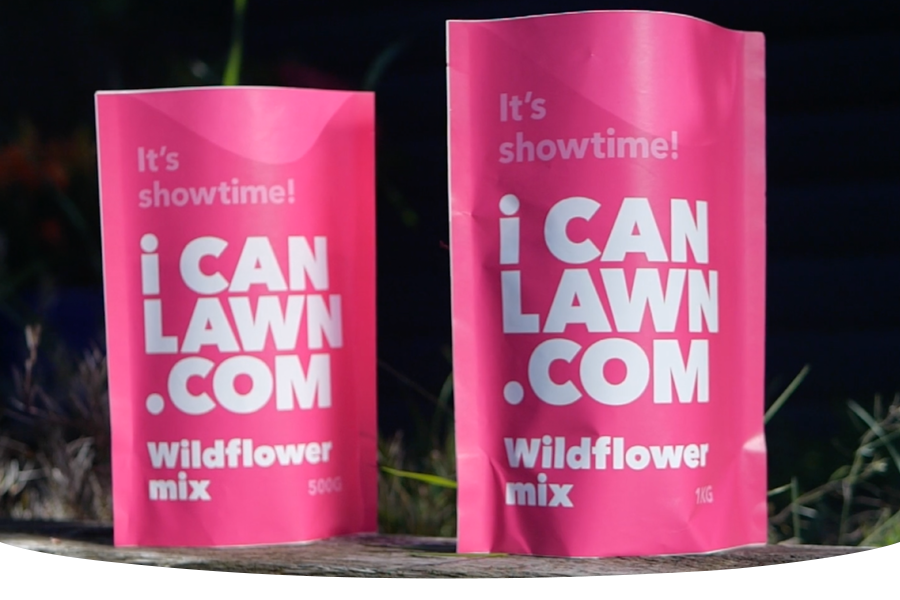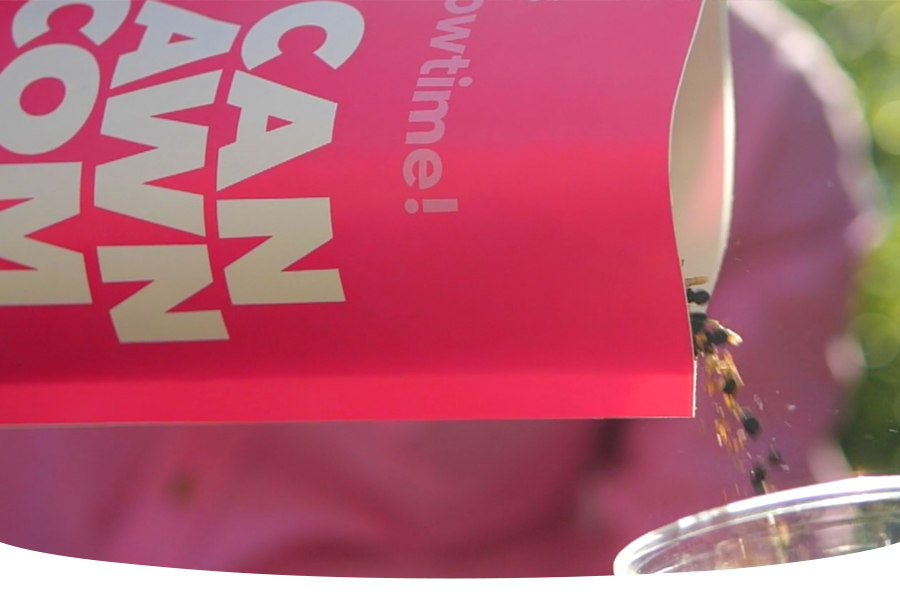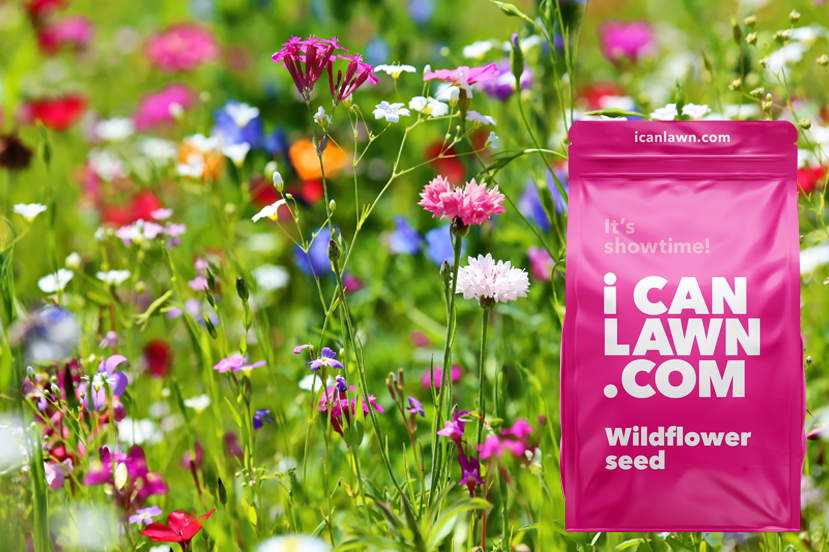10 wildflowers that grow on clay soil
When it comes to getting anything to grow on clay soil, you might have given up - but not all hope is lost, as plenty of wildflowers can thrive on clay soil and produce beautiful blooms! So, rather than fight it, you can go for a colourful solution that saves you spending hours trying to figure out what to do with your troublesome soil.
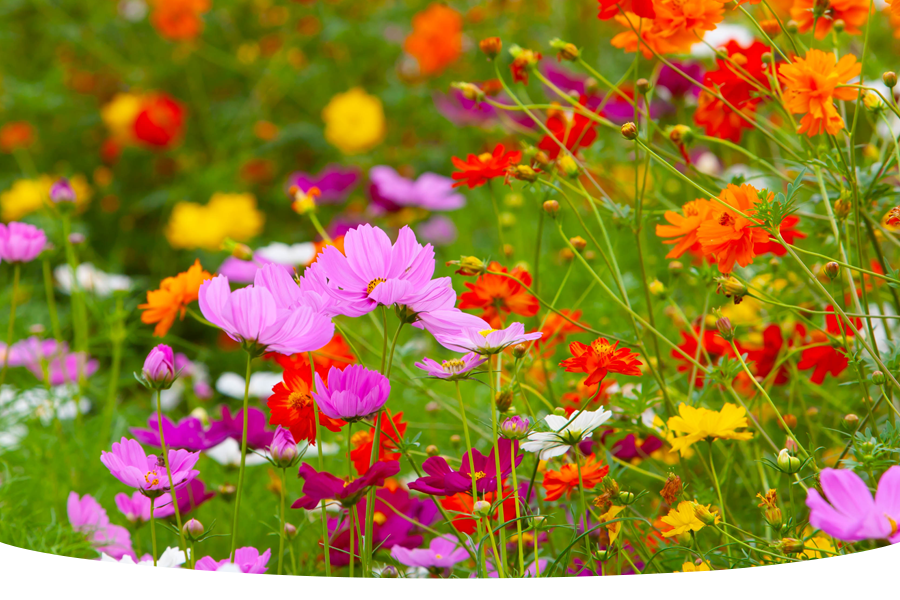
Clay soil has its advantages – it is packed full of nutrients and excellent at keeping your wildflowers well-supplied with moisture. However, it takes some special seeds to make use of everything that clay soil offers because it will become bogged down and waterlogged in winter or baked solid and start to crack in summer.
Not sure what type of soil you are dealing with? Find out your soil type.
What wildflowers can I grow on clay soil?
We have gone through the trouble of carefully selecting all the best wildflowers for clay soil and putting them into our Clay Display wildflower seed mix, giving you a beautiful display while providing a solution to your clay conundrum – don’t just take our word for it, let’s meet the flowers you will see popping up in your garden!
10 Wildflowers for clay soil
1. Corn Poppy
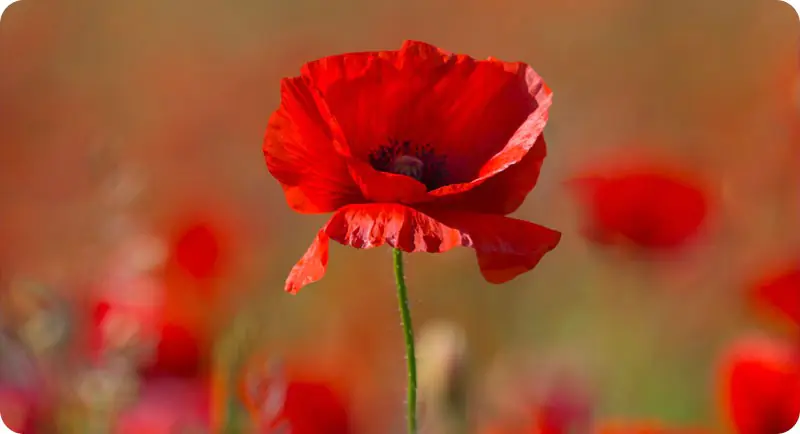
Folklore fact: Poppies are needed to make morphine.
When does it bloom: June – August
Corn poppies are easily recognised across the UK, and their bright red petals will undoubtedly add a burst of colour to anywhere they are grown! Whatever meaning the poppy has to you, it will always have a special place in the hearts of bees and pollinators. Having a prime position on the RHS Plants for Pollinators list, they are perfect for adding a buzz to your garden.
2. Corn Marigold
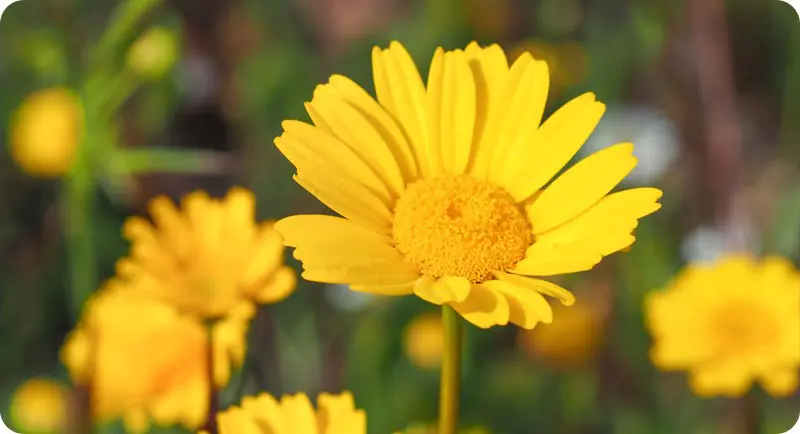
Folklore fact: They built up quite a reputation by adding a golden shade to cornfields in late summer.
When does it bloom: June – October
The bright yellow daisy-like flowers on a corn marigold make for the perfect addition to any wildflower meadow by adding a rich, golden glow. When this annual has fully grown, you can expect its bright petals to act as a beacon to any travelling bees and pollinators, making sure they stop by, as the opportunity will be too good to pass up!
3. Oxeye Daisy
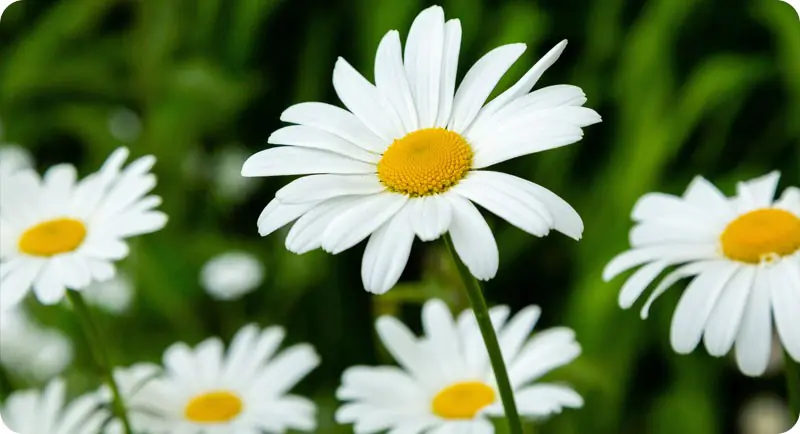
Folklore fact: If cows eat them, it can change the taste of their milk.
When does it bloom: May – September
The flat white of the wildflower world, its petals act as a landing pad for bees to enjoy its nectar. The oxeye daisy is the first perennial to make the list, meaning it will become a familiar face in your garden yearly. When sown as part of a mixture, oxeye daisies will be one of the first to bloom – think of the daisy chains you can make while you wait for the rest of your wildflowers to shoot up!
4. Red Clover
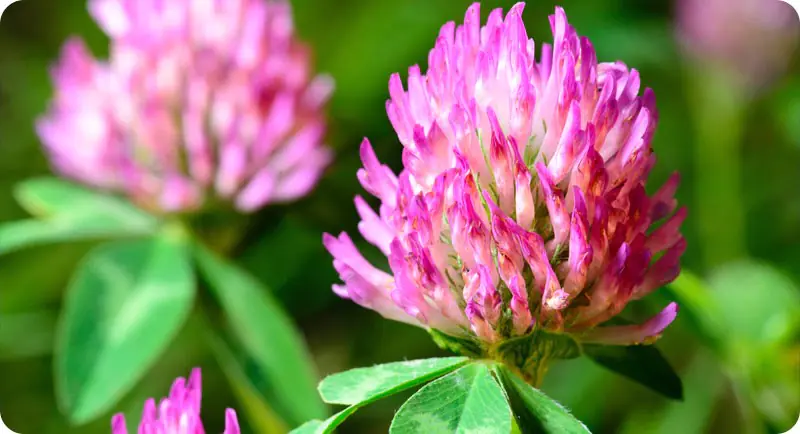
Folklore fact: Used in medicine to help treat respiratory issues.
When does it bloom: May – September
Red clover is a perennial perfectly suited for growing in clay soil as it thrives in well-drained, poor soil conditions. Red clover plays host to breeding butterflies that use the prickly pink petals to lay their eggs, and being a low-growing species, it makes a perfect addition to a wildflower meadow for feeding bees and insects that don’t quite feel like moving too far off the ground.
5. Ragged Robin
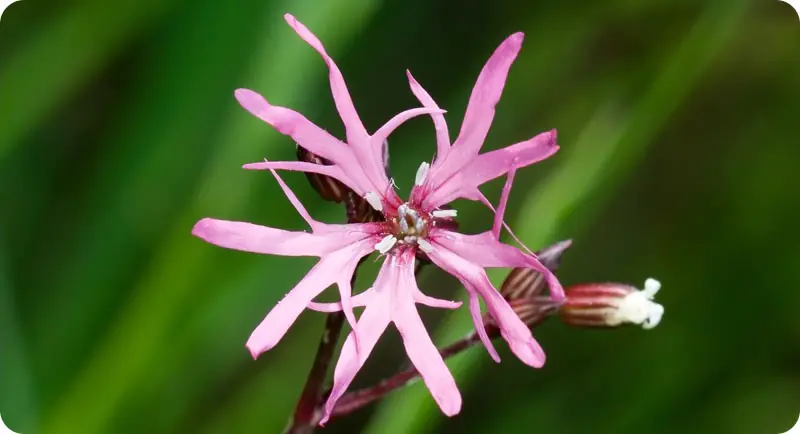
Folklore fact: It is believed to have magical powers and is used as a symbol of knowledge.
When does it bloom: May – June
Ragged robins are perennial wildflowers that take their name from their petals with a ragged pink look, making them easily identifiable in any wildflower meadow. Thriving in wet areas, the ragged robin is an ideal wildflower for tackling the boggy conditions your clay soil brings. Before shooting out its petals, this wildflower will have your meadow looking like it's growing giant pink jellybeans thanks to its stem that swells around the flower – don’t be tempted to eat them!
6. Yarrow
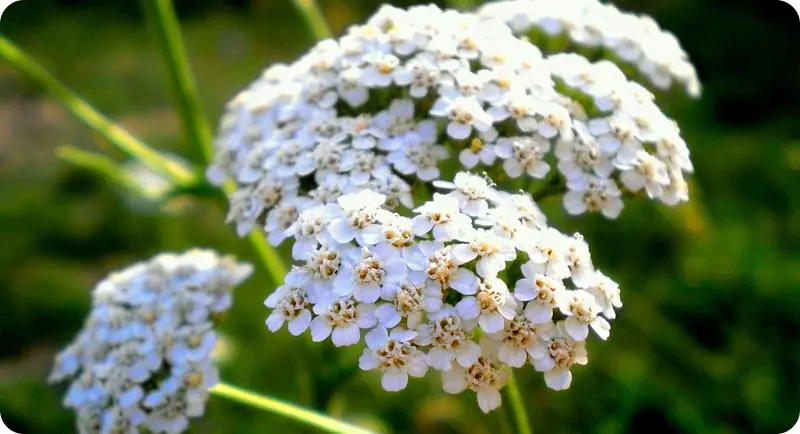
Folklore fact: Used as a charm against bad luck and to stop wounds from bleeding.
When does it bloom: June – November
While it can be used to treat bleeding of minor wounds, we think you will agree that its better use is being a stunning addition to any wildflower meadow it is sown in! This aromatic perennial likes to grow in clusters, spreading its stunning looks across your meadow and adding a sweet scent that attracts bees and pollinators.
7. Tufted Vetch
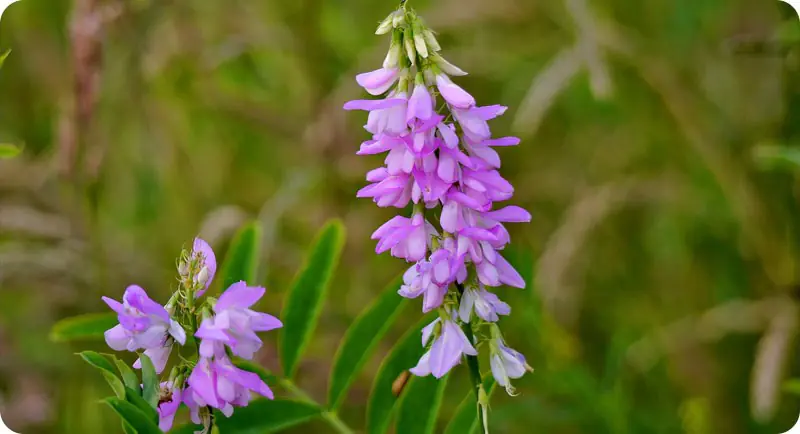
Folklore fact: A member of the pea family (legumes), and their leaves look like very small peapods.
When does it bloom: June - August
The little suction cup petals of the tufted vetch do anything but suck the life out of your wildflower meadow! This perennial is a scrambling plant, meaning its purple petals shoot up along the stem, growing tiny peapods inside them that turn black and release new seedlings when they are ripe. Even though we can’t enjoy eating peas from the tufted vetch, it doesn’t stop bees and pollinators from snacking on their pollen.
8. Greater Burnet
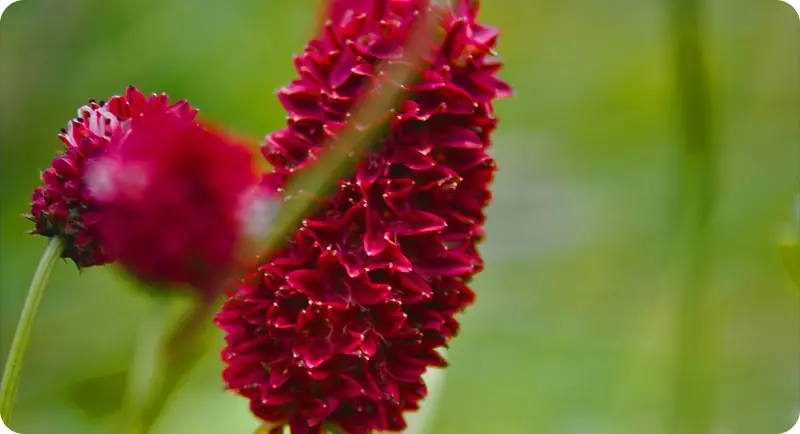
Folklore fact: Nicknamed ‘Salad Burnet’ and can be used in recipes.
When does it bloom: May – September
The egg-shaped, crimson flower heads of the greater burnet mean this wildflower will add a royal look to your wildflower meadow while also looking like a lollipop for all bees and pollinators to enjoy! With its extensive rooting system and ability to grow in flooded areas, this perennial is well-equipped to thrive in your clay soil.
9. Wild Carrot

Folklore fact: The Dutch first developed its famous orange counterpart in the 17th century.
When does it bloom: June – September
Wild carrots do indeed smell like carrots, but the roots are not like our dinnertime favourite. This perennial is popular with bees, butterflies, and ladybirds and even visited by finches in search of seeds. With petals that grow in clusters in the shape of an umbrella, look out for insects hiding under them to take shelter from the rain!
10. Oxeye Sunflower

Folklore fact: Known as the ‘false sunflower’ for being closely related to sunflowers.
When does it bloom: June – September
The oxeye sunflower brings all the joy of a regular sunflower to your garden in a fun-sized package. This undemanding perennial is easy to grow, and its showstopper looks make it the perfect addition to any wildflower meadow growing in clay soil. Its petals are the brightest of the bunch, making them stand out from the rest of your field while attracting bees and other pollinators with their nectar-rich middle. This wildflower is known for being a particular favourite of the hummingbird, so listen out for any humming coming from your meadow!
Now you know what you will be growing, find out how to sow them!




